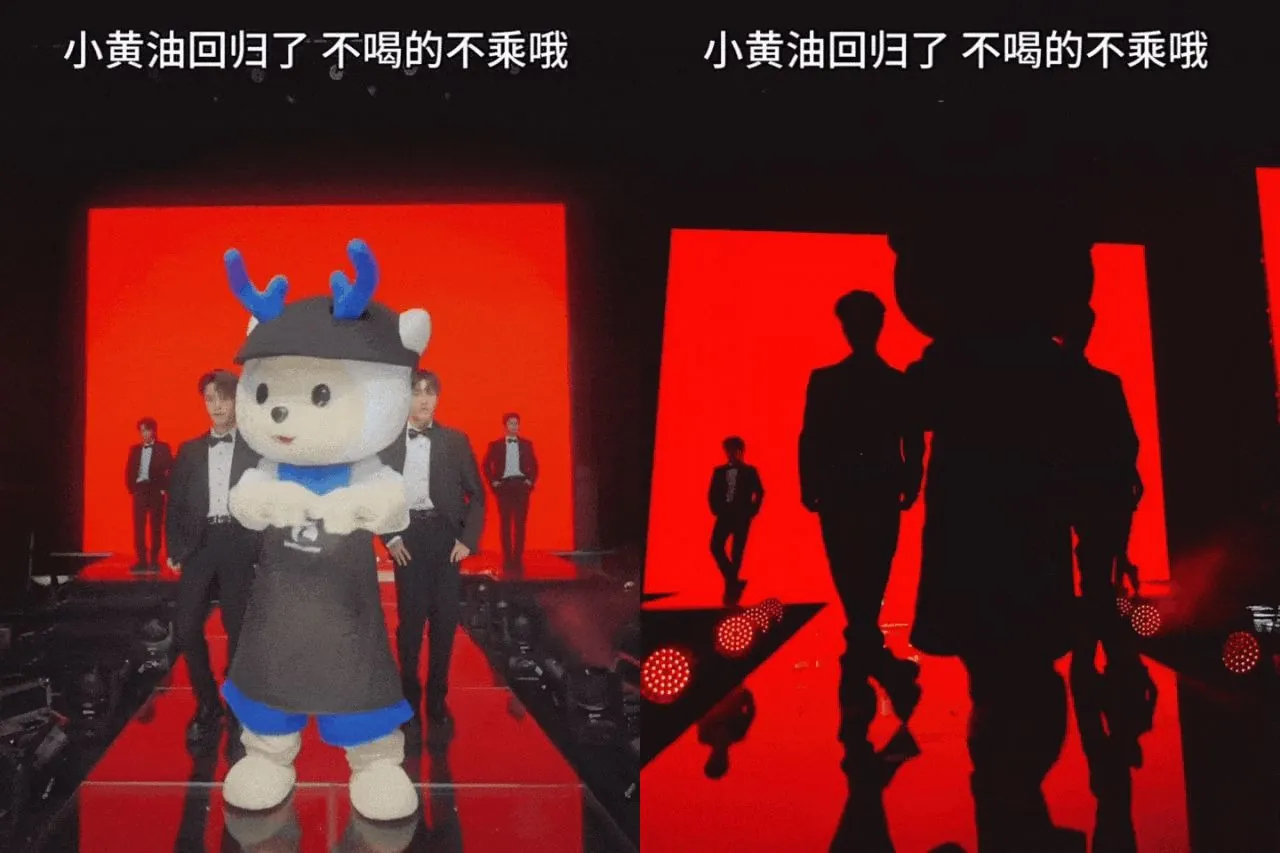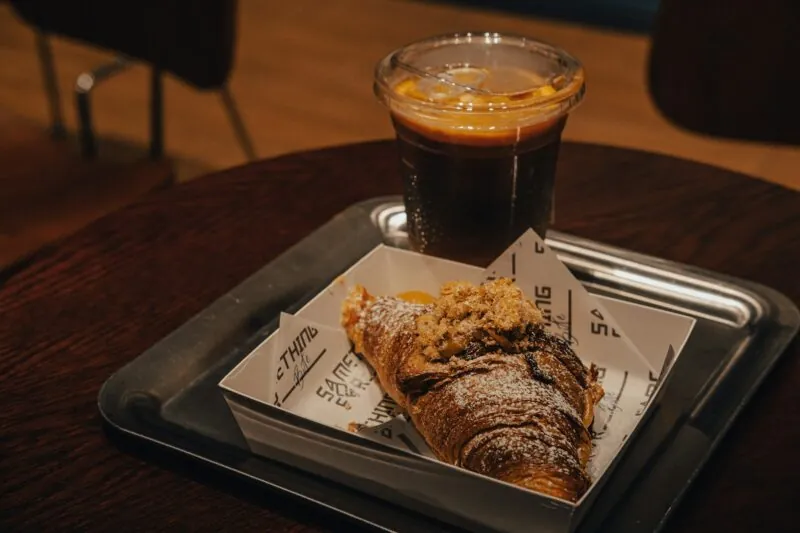Gone are the days when influencers look to celebrity actors and singers for inspiration and are called “copycats”. The latest dance craze in China, the “leg sweep” dance (扫腿舞), has been viewed 10 billion times after actor Ding Yuxi (丁禹兮) posted his own version. Now, from celebrities to brands, everyone wants to get in on the action.
From group livestream
We discussed the rise of group livestreams on the platform and how they take a leaf out of the idol group playbook. However, the “wild west” growth of group livestreams has raised many concerns for platforms, including not paying employees properly or having risqué content. For this reason, Douyin, TikTok’s Chinese sister app, has announced new regulations and summoned several group streaming agencies for talks. Some commentators see this as a return to form for livestreams, like in the mid-2010s when it was all about dancers and livestream sales were in their infancy.
Against this backdrop of viral popularity and closer platform scrutiny, the next dance craze on Chinese social media was born out of group livestreams. A group called “Xiyue-X” (喜悦-X, lit. Joy-X), first debuted the later-nicknamed “leg sweep” dance in a 7-hour livestream in collaboration with another influencer. The dance is set to music by K-pop star Rain, and the moves also bear some resemblance. However, with a low-angle and slow action of sweeping their feet on the floor, the Xiyue-X version is clearly designed to show off the boy band members’ long and slender legs. The livestream had 11.99 million views in total, with peak simultaneous viewers reaching 300,000.
Via celebs
The mesmerising dance, like many group livestream dance moves, was designed to capture the “female gaze”
The mesmerising dance, like many group livestream dance moves, was designed to capture the “female gaze”, which other group streamers quickly caught on to. The dance quickly moved beyond the group streaming niche into the mainstream streaming world. Mainstream top streamers such as the “Cantonese Husband and Wife” team (广东夫妇) also performed a version of this dance.
But what followed really pushed the dance from its livestreaming roots into the “real mainstream”. Actor Ding Yuxi posted a video of himself, accompanied by four other equally tall and handsome backing dancers, performing the dance in a red-themed, professionally lit studio, adding atmosphere to the video and making it look once again, like a dance sequence from a music video. On Weibo, China’s Twitter equivalent, the topic “Ding Yuxi leg sweep dance” (#丁禹兮扫腿舞#) ranked number 4 on the Hot Search list with 49.94 million views.
The video propelled the dance to become a fad that every celeb must try, like the “peel-apart” film earlier this year. From former EXO singer Lu Han (鹿晗), to Ding Chengxin (丁程鑫) of TNT (时代少年团, Teens in Times) and actor Xia Zhiguang (夏之光), all the way to Korean K-pop veteran Kim Jae-joong, all have performed the dance in recent days.
To brands
With the dance firmly established in mainstream pop culture, brands are moving in to leverage its viral popularity. Taobao started with a male model in a Tao Xiaobao, the Taobao mascot, mask, performing the leg sweep dance, with a twist where his shirt unbuttons as the light switches to red. What followed were brand mascots, especially those trying to build their own IPs, such as Snow King from Mixue, Lucky from Luckin Coffee and his new bride, Duo from Duolingo, all tried their hands, or rather, legs, at the dance.



But unlike the pure physical appeal of the original dance, the often short-legged cartoon mascots mostly show humour with their clumsy attempts at the boy band moves. Lucky’s slightly “greasy” (油腻) dance also draws jokey pokes at the “taste of married men”. Duo promptly came out to support his new groom (Globally, Duo is referred to with male pronouns).
The trend is similar to how Snow King launched the “swing over a lake” viral trend, which was followed by nearly every brand mascot active on social media.
This reflects how brands are now leveraging the “crazy” and “abstract” humour
Pundits believe this reflects how brands are now leveraging the “crazy” and “abstract” humour that plays on the surreal and post-modern. This content style tends to resonate widely among younger generations in China and also brings official accounts closer to users. While for higher-positioned brands it might seem like they’re simply following a trend, brands meant for everyday use, such as e-commerce platforms and coffee shops, joining the fun might be the way to become “one of us” among the post-00 generation.
Need to boost your China strategy? Dao Pro delivers bespoke insights on marketing, innovation, and digital trends, direct from Chinese sources. Find out more from our Dao Strategy Team here.









